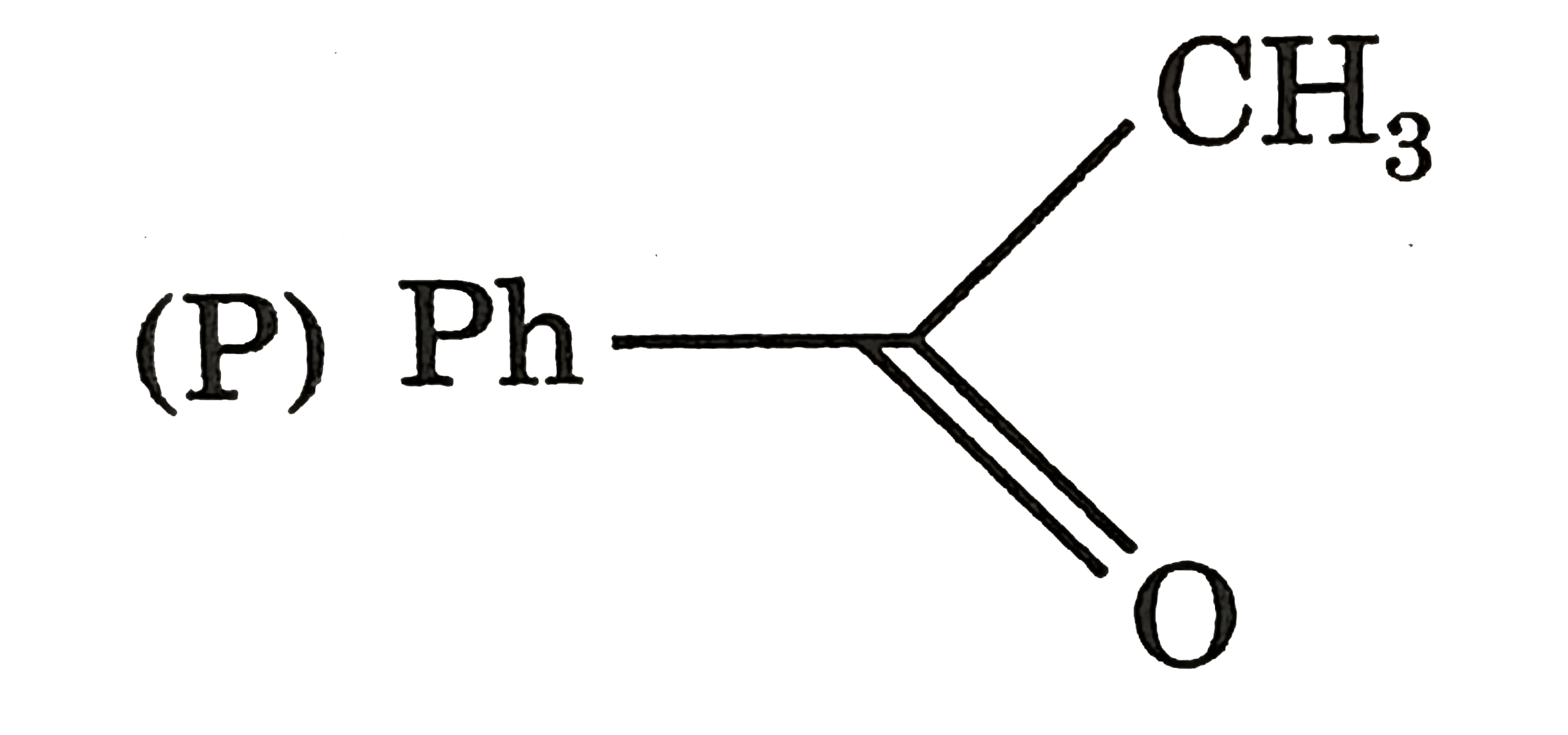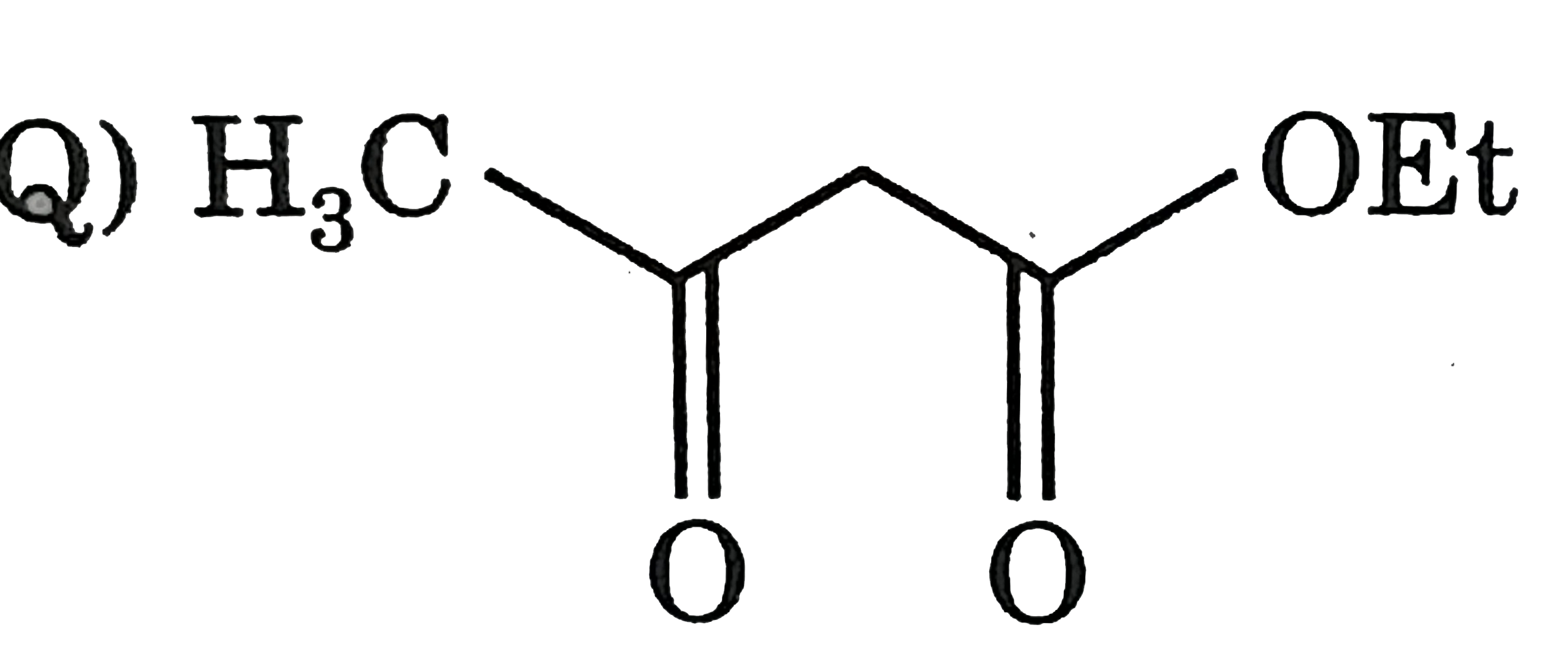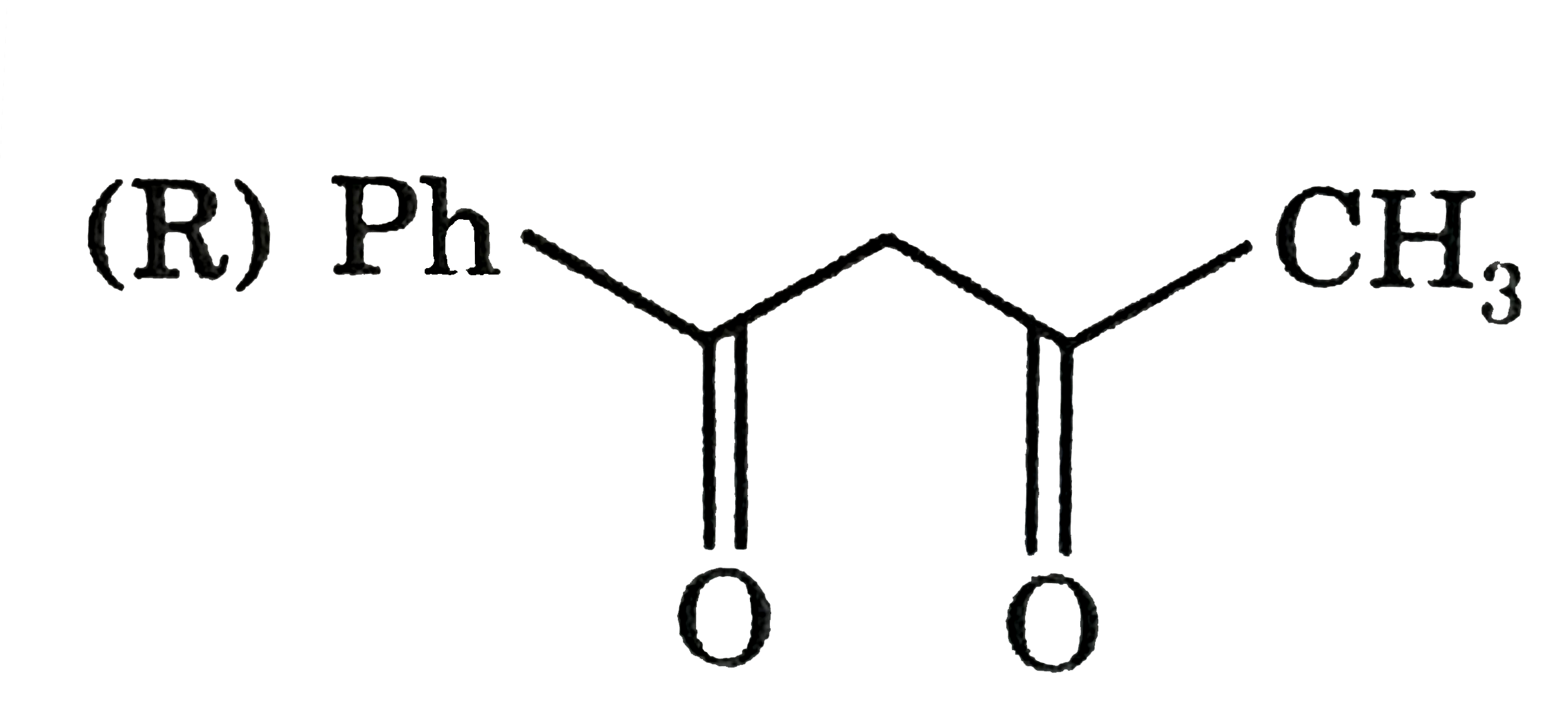Arrange in order of reduction potential
/Cl
/I
/Na
/Ag
To arrange the given substances in order of reduction potential, we will follow these steps:
Step 1: Identify the Substances
We need to identify the substances we are working with. Based on the video transcript, we have:
- Cl2 (Chlorine)
- I2 (Iodine)
- Metals: Magnesium (Mg) and Sodium (Na)
Step 2: Understand Reduction Potential
Reduction potential is a measure of the tendency of a chemical species to acquire electrons and thereby be reduced. The higher the reduction potential, the greater the species' ability to be reduced.
Step 3: Gather Standard Reduction Potentials
We need to look up the standard reduction potentials for the substances mentioned:
- Cl2+2e−→2Cl− has a standard reduction potential of +1.36 V.
- I2+2e−→2I− has a standard reduction potential of +0.54 V.
- Mg2++2e−→Mg has a standard reduction potential of -2.37 V.
- Na++e−→Na has a standard reduction potential of -2.71 V.
Step 4: Arrange in Order of Reduction Potential
Now we can arrange these substances in order of their reduction potentials from highest to lowest:
1. Cl2 (+1.36 V)
2. I2 (+0.54 V)
3. Mg (-2.37 V)
4. Na (-2.71 V)
Final Order
Thus, the final order of reduction potential is:
Cl2 > I2 > Mg > Na
---
We need to identify the substances we are working with. Based on the video transcript, we have:
- Cl2 (Chlorine)
- I2 (Iodine)
- Metals: Magnesium (Mg) and Sodium (Na)
Reduction potential is a measure of the tendency of a chemical species to acquire electrons and thereby be reduced. The higher the reduction potential, the greater the species' ability to be reduced.
We need to look up the standard reduction potentials for the substances mentioned:
- Cl2+2e−→2Cl− has a standard reduction potential of +1.36 V.
- I2+2e−→2I− has a standard reduction potential of +0.54 V.
- Mg2++2e−→Mg has a standard reduction potential of -2.37 V.
- Na++e−→Na has a standard reduction potential of -2.71 V.
Now we can arrange these substances in order of their reduction potentials from highest to lowest:
1. Cl2 (+1.36 V)
2. I2 (+0.54 V)
3. Mg (-2.37 V)
4. Na (-2.71 V)
Thus, the final order of reduction potential is:
Cl2 > I2 > Mg > Na
Topper's Solved these Questions
Similar Questions
Knowledge Check
Electrochemical series is series of elements arranged in increasing order of their reduction potential. EH+∣H2=0. The metals abvoe H2 have reductioni potential, they are more reactive than hydrogen whereas metals below hydrogen are less reactive than H2. Reduction potentials of metal depends upon (i) sublimation energy (ii) ionization energy and hydration energy of ions.
Which of the following metal can be extracted by chemical reduction?AAlBMgCNaDFeElectrochemical series is series of elements arranged in increasing order of their reduction potential. EH+∣H2=0. The metals abvoe H2 have reductioni potential, they are more reactive than hydrogen whereas metals below hydrogen are less reactive than H2. Reduction potentials of metal depends upon (i) sublimation energy (ii) ionization energy and hydration energy of ions.
Which of the following cannot displace H2 from dil acid?APtBZnCMgDPbElectrochemical series is series of elements arranged in increasing order of their reduction potential. EH+∣H2=0. The metals abvoe H2 have reductioni potential, they are more reactive than hydrogen whereas metals below hydrogen are less reactive than H2. Reduction potentials of metal depends upon (i) sublimation energy (ii) ionization energy and hydration energy of ions.
Which of the following is best oxidizing agent?ACu2+BNa+CAg+DAl3+
Electrochemical series is series of elements arranged in increasing order of their reduction potential. EH+∣H2=0. The metals abvoe H2 have reductioni potential, they are more reactive than hydrogen whereas metals below hydrogen are less reactive than H2. Reduction potentials of metal depends upon (i) sublimation energy (ii) ionization energy and hydration energy of ions.
Which of the following is best reducing agent?
View SolutionElectrochemical series is series of elements arranged in increasing order of their reduction potential. EH+∣H2=0. The metals abvoe H2 have reductioni potential, they are more reactive than hydrogen whereas metals below hydrogen are less reactive than H2. Reduction potentials of metal depends upon (i) sublimation energy (ii) ionization energy and hydration energy of ions.
Which of the following is weakest reducing agent among alkali metals?
View SolutionArrange in order of enolic content :




View SolutionIf the orders of reduction potential is then :
View SolutionThe gas X at 1 atm is bubbled through a solution containing a mixture of 2MY− and 1MZ− at 25∘C. If the order of reduction potential is Z>Y>X, then
View Solution
